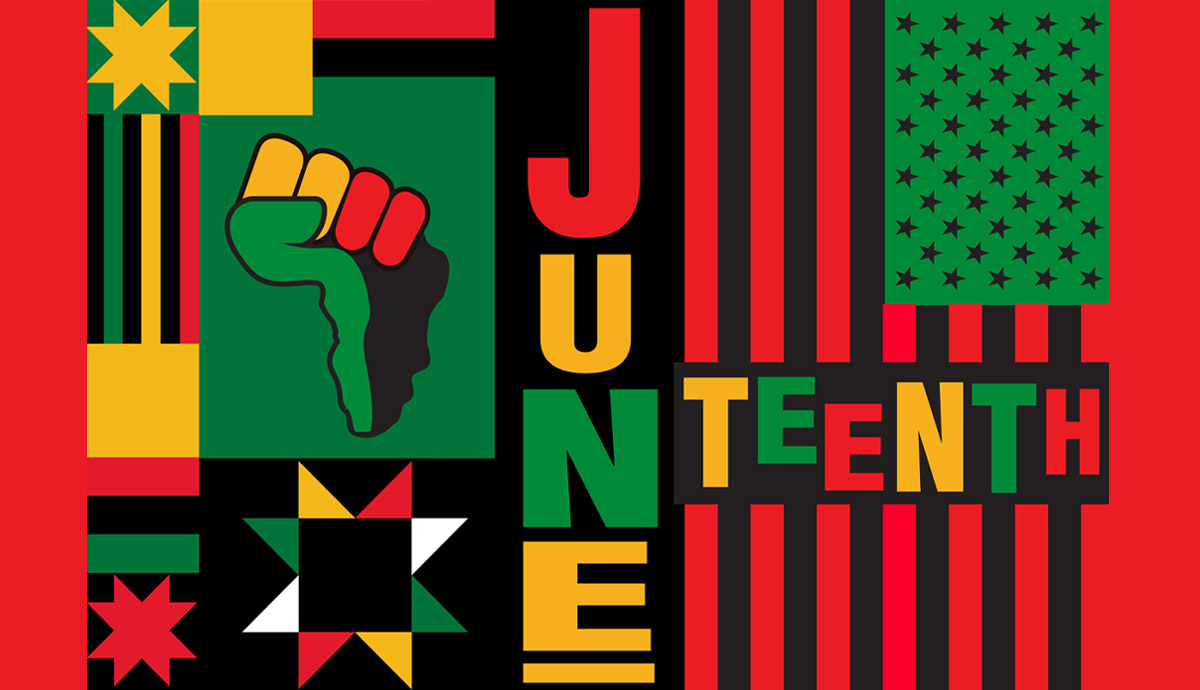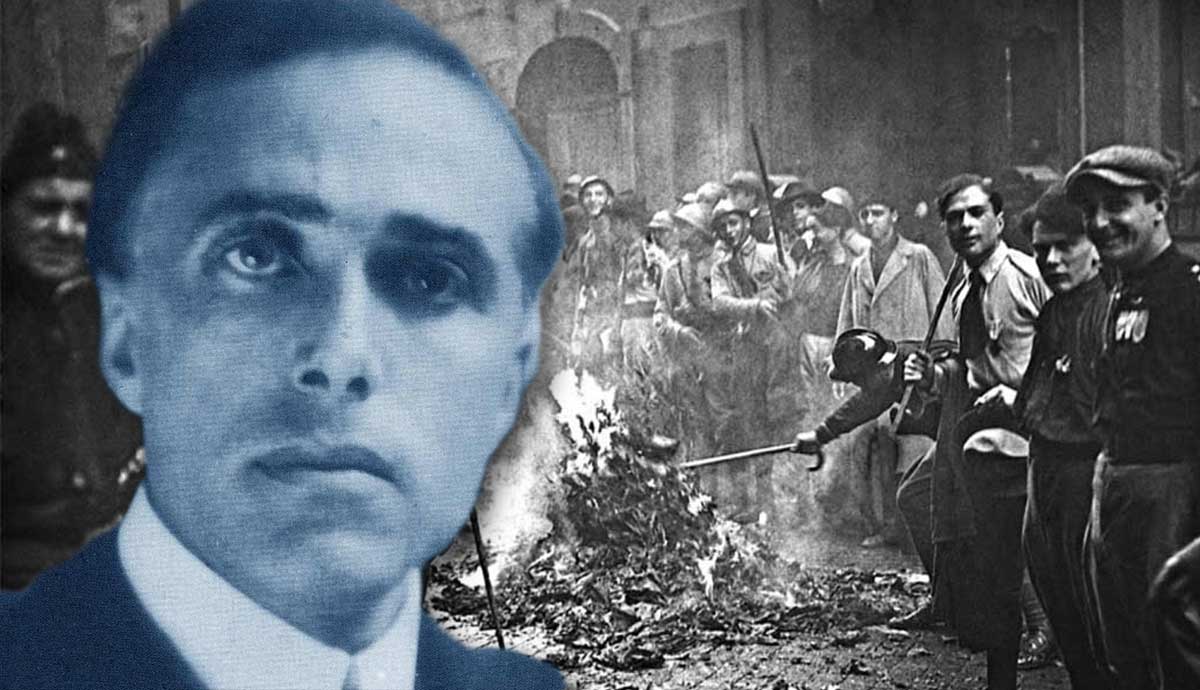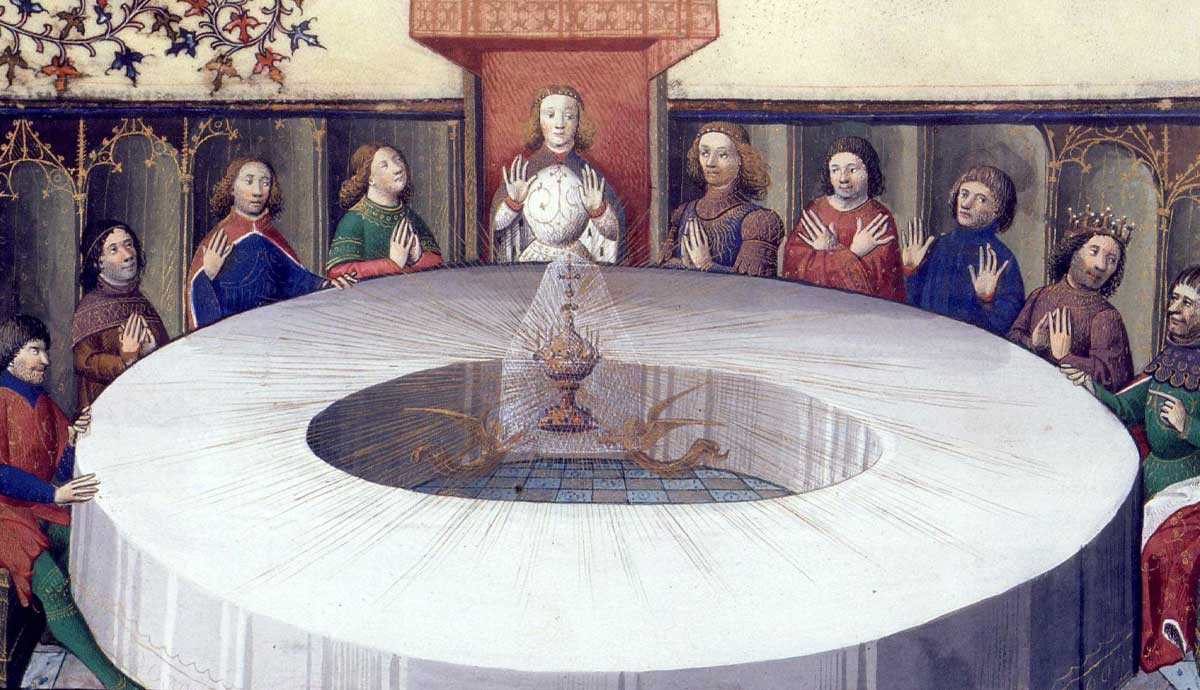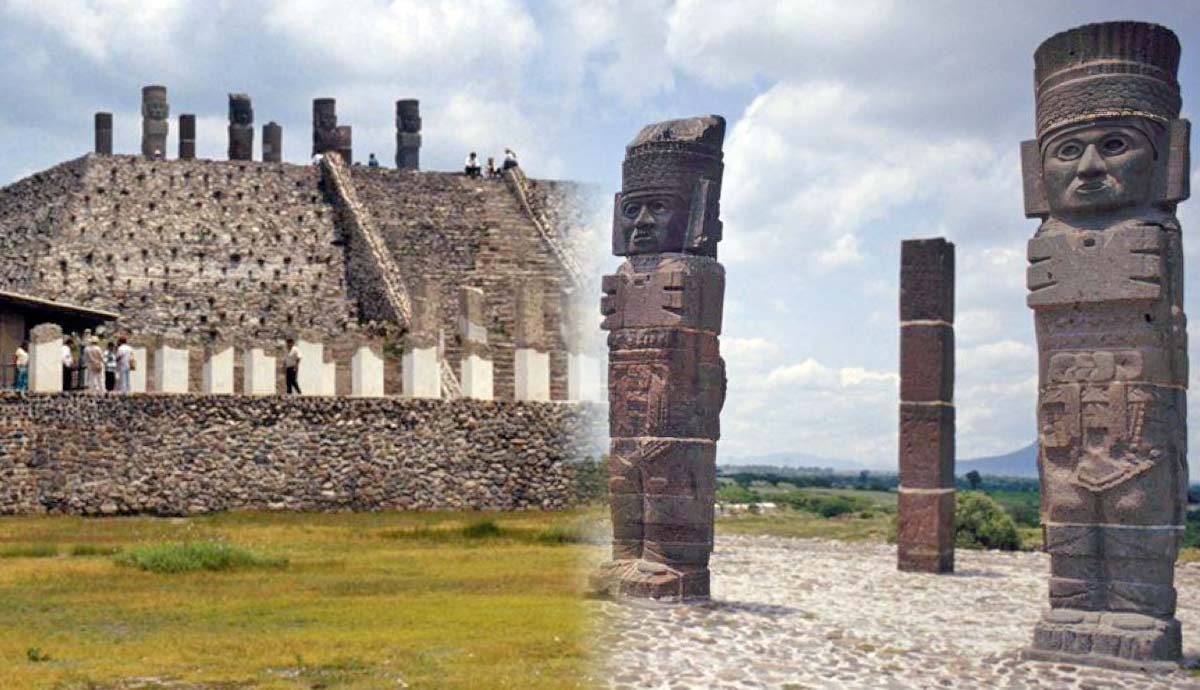
Also known as “Juneteenth Independence Day” or “Emancipation Day,” Juneteenth is a federal holiday marking the day when enslaved African Americans living in Galveston, Texas, learned of their freedom. While President Lincoln issued the Emancipation Proclamation in 1863, it would take more than two years for news of freedom to reach the farthest corners of the American South. In Galveston, Black Americans found out they were freed only on June 19, 1865. This day became known as Juneteenth, and it is the oldest known celebration of the end of slavery in the US. Read on to discover more about Juneteenth.
When Is Juneteenth?

Juneteenth is celebrated annually on June 19. Indeed, the date of the federal holiday is directly referenced in its name, a combination of the words “June” and “nineteenth.” On June 19, 1865, Union Major General Gordon Granger, whose troops had entered Galveston (Texas) the previous day, issued General Order No. 3, announcing to the town’s enslaved African Americans that they were free:
“The people of Texas are informed that, in accordance with a proclamation from the Executive of the United States, all slaves are free. This involves an absolute equality of personal rights and rights of property between former masters and slaves, and the connection heretofore existing between them becomes that between employer and hired labor. The freedmen are advised to remain quietly at their present homes and work for wages. They are informed that they will not be allowed to collect at military posts and that they will not be supported in idleness either there or elsewhere.”
Nearly two and a half years earlier, in January 1863, President Lincoln had issued the Emancipation Proclamation, freeing enslaved people in the states still under Confederate control. In some of the most remote areas of the South, however, news of their freedom did not reach enslaved Black Americans until after the end of the Civil War. In some places, slaveholders purposely hid news of Lincoln’s proclamation to preserve slavery.
On June 19, 1865, there were more than 250,000 enslaved individuals in Galveston when General Granger delivered General Order No. 3, announcing the end of legalized slavery in Texas and the end of the American Civil War. After the initial shock and jubilation, many Black Americans left Texas to go North. The following year, those who remained celebrated the first anniversary of the end of slavery with prayer meetings, music, and public speeches.
How Is Juneteenth Celebrated?

Today, many cities host large events to celebrate Juneteenth, including parades, music festivals, and re-enactment marches. Many families also organize barbecues and cookouts in their backyards, remembering the end of slavery with foods and aromas that evoke memories of their ancestors. Among the most popular Juneteenth dishes, many are associated with the color red. In cultures like Yoruba and Kongo, brought to the US with the Transatlantic Slave Trade, red holds a great spiritual value, symbolizing sacrifice, transition, and power.
For many Black Americans, Juneteenth is the second independence day, marking the moment when all American citizens were finally free. In this sense, the day is also an occasion to preserve the history and legacy of African Americans while reflecting on the evolution of the American nation. As the National Museum of African American History & Culture explains:
“Juneteenth has always been more than a holiday. The day stands as a testament to and celebration of the unyielding spirit of a people. It is a day for introspection, a platform for education, and a tribute to the monumental contributions of African Americans to the history of this nation. … By celebrating Juneteenth, we foster connections, healing, and revitalization. And we pay tribute to the ongoing fight for social justice and racial equity.”
The Historical Background

While the conflicts between the North and the South leading to the Civil War were many, the dispute over slavery was a major cause of the internal fighting. As the abolition cause gained momentum thanks to the voices of activists like Frederick Douglass and the Grimké sisters, the Southern states grew increasingly frustrated with the high numbers of fugitives escaping to the North through the Underground Railroad. The acquisition of new territories after the American-Mexican War (1846-1848) also led to a dispute about whether or not slavery should be extended to the new lands.
In the mid-19th century, while the Northern states’ economy became more diversified with industrialization, the Southern economy revolved around slavery and plantations. As the price of cotton increased, Southerners heavily invested in slaves. As the outbreak of the Civil War in 1861 made access to the world’s largest source of raw cotton difficult, the South foresaw the intervention of France and England on their side in the conflict.
Their hope, however, was disappointed after Lincoln’s 1863 Emancipation Proclamation. At the beginning of the war, the abolition of slavery was not the main goal of the US government, whose primary concern was preserving the Union. Then, a few days after the 1862 Battle of Antietam (the bloodiest clash in US military history), President Lincoln issued a proclamation that would change the moral aspect of the war by announcing that if the rebellion Confederate states would not return to the Union by the end of the year, all enslaved people under their control would be free.

As no Southern state answered to his call, Abraham Lincoln issued the threatened Emancipation Proclamation on January 1, 1863, stating that “all persons held as slaves within any State or designated part of a State, the people whereof shall then be in rebellion against the United States, shall be then, thenceforward, and forever free; and the Executive Government of the United States, including the military and naval authority thereof, will recognize and maintain the freedom of such persons, and will do no act or acts to repress such persons, or any of them, in any efforts they may make for their actual freedom.”
While the proclamation had some limits (it did not apply to the Confederate states already under Union control) and did not end slavery, it was a military and political measure that impacted the rest of the war. For the Black Americans who had already secured their freedom, the conflict was now a war for liberty, and many Black men joined the Union Army and Navy to join the fight against slavery. At the same time, the Emancipation Proclamation kept Europe from giving aid and political recognition to the Confederate states.
As the Union forces advanced into the South, enslaved Black Americans learned about their freedom. In the farthest areas of the Trans-Mississippi West, however, enslaved people on the plantations learned about the Emancipation Proclamation nearly two and a half years later. Even after Confederate General Edmund Kirby Smith surrendered to the Union on June 2, 1865, the African Americans living in bondage in Galveston did not yet know they were free.
Juneteenth Throughout History

Initially, Juneteenth celebrations were church-centered gatherings, featuring prayers, pageants, speeches from former enslaved people, barbecues, and dances. As the Fourteenth Amendment in 1868 and the Fifteenth Amendment in 1870 granted Black Americans citizenship and the right to vote, the informal holiday became an opportunity to organize rallies to inform freedmen and women about their rights.
In Austin, the Freedman’s Bureau, an agency that supported many Black Americans during the transition from slavery to freedom, organized the 1867 Juneteenth celebration. In 1872, it became an annual tradition.
After the Thirteenth Amendment (December 1865) officially abolished slavery in the US, for many Black people, freedom remained elusive, even as Juneteenth celebrations became a tradition for many Black communities. When the Jim Crow laws enforced racial segregation and discrimination in the US South, African Americans were often forced to celebrate Juneteenth on the outskirts of towns.
To secure safe places to gather every June 19, many groups raise funds to collectively purchase plots of land, commonly known as “emancipation parks.” In 1872, for example, an African American group in Houston signed a deed for a ten-acre site that would later be called Emancipation Park. Similarly, in the early 1900s, the Travis County Emancipation Celebration Association acquired a plot in Austin to celebrate Juneteenth.

Over the following decades, Juneteenth spread from Texas to other Southern states, including Louisiana, Arkansas, Alabama, and Oklahoma. Besides food festivals and dances, music became a staple of later Juneteenth celebrations, with Blues festivals shaping the history of the remembrance.
With the outbreak of World War II, however, Juneteenth’s popularity experienced a decline. In the 1960s, participation in the informal holiday decreased as the Civil Rights Movement gained momentum and the younger generations of African Americans focused on achieving equal rights. Then, in 1968, the Juneteenth Solidarity Day, organized by the Poor People’s Campaign, gave the oldest celebration of the end of slavery a new relevance. Nine years later, in 1979, Texas signed Bill 1016 into law, declaring June 19 a state holiday. The following year, Texas held its first state-held Juneteenth celebration.
How Did Juneteenth Become a Federal Holiday?

Over the decades, African American activists called for the establishment of Juneteenth as a federal holiday. Among them were Dr. Ronald V. Myers Sr., the founder of the National Juneteenth Observance Foundation, and Opal Lee, a 96-year-old retired teacher from Fort Worth, Texas.
Until his death in 2018, Dr. Myers made frequent trips to Washington to lobby lawmakers to turn Juneteenth into a national holiday. In 2016, Opal Lee, considered by many the “Grandmother of Juneteenth,” began a walk from Fort Worth to Washington DC to bring awareness to Juneteenth and its crucial role in American history. In 2020, George Floyd’s murder brought new momentum to Lee’s campaign, and by June, more than 1 million people signed her petition for Juneteenth.
On June 17, 2021, President Joe Biden signed the Juneteenth National Independence Day Act, making June 19 a federal holiday, the first new holiday to be introduced since Martin Luther King Jr. Day in 1983.










